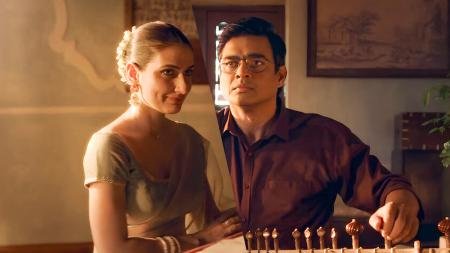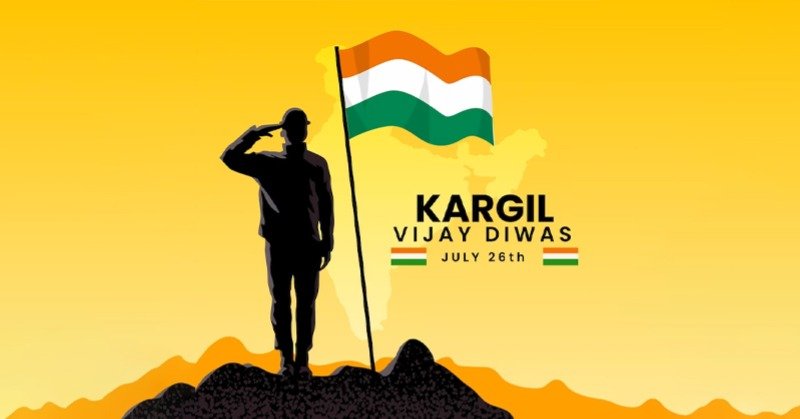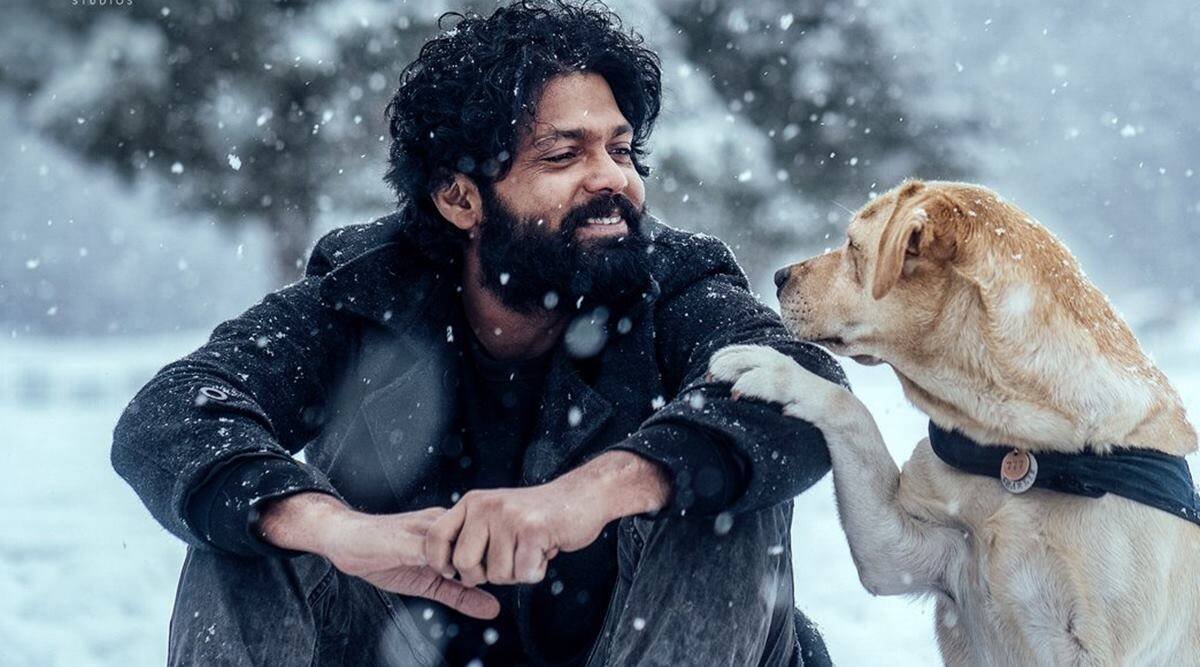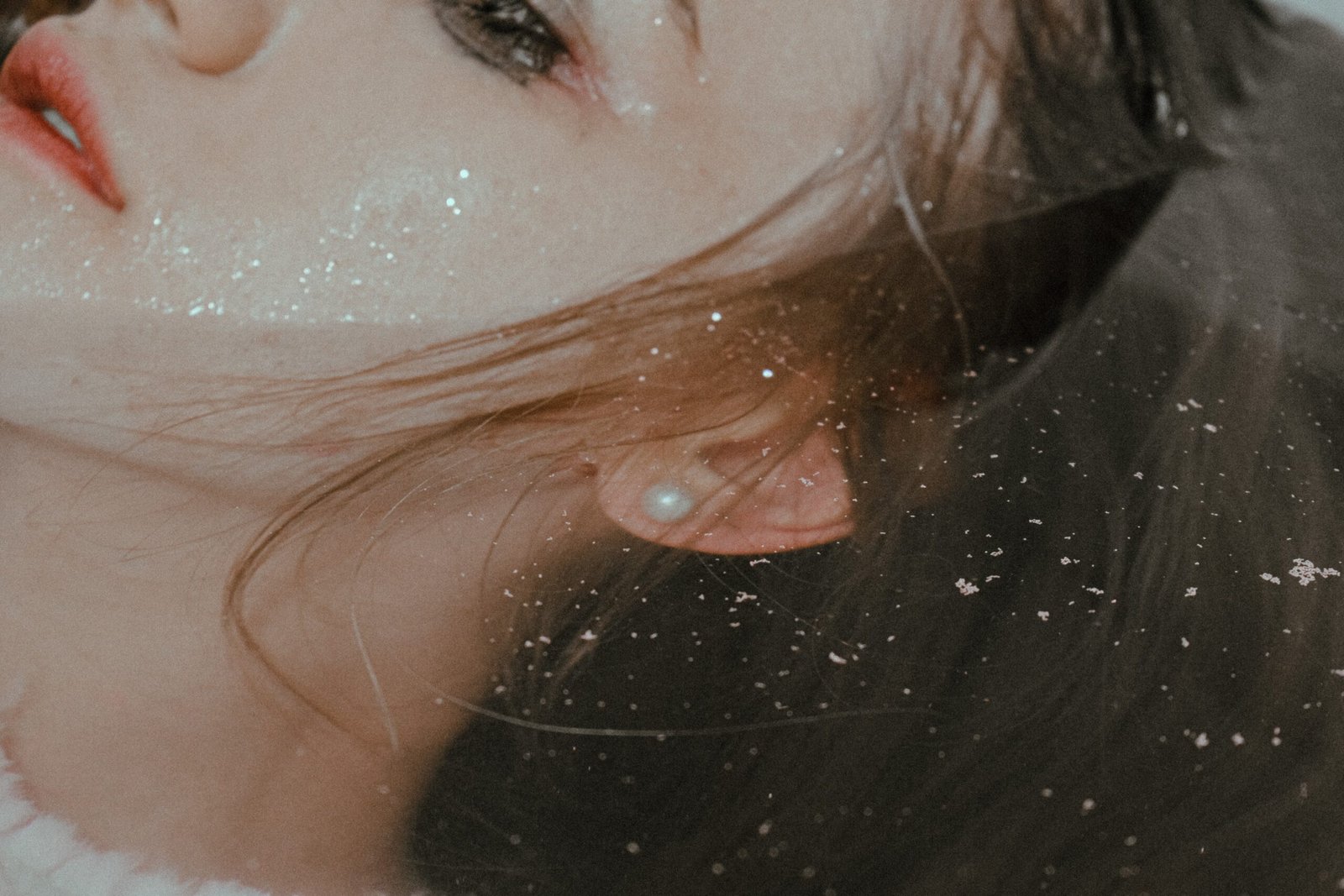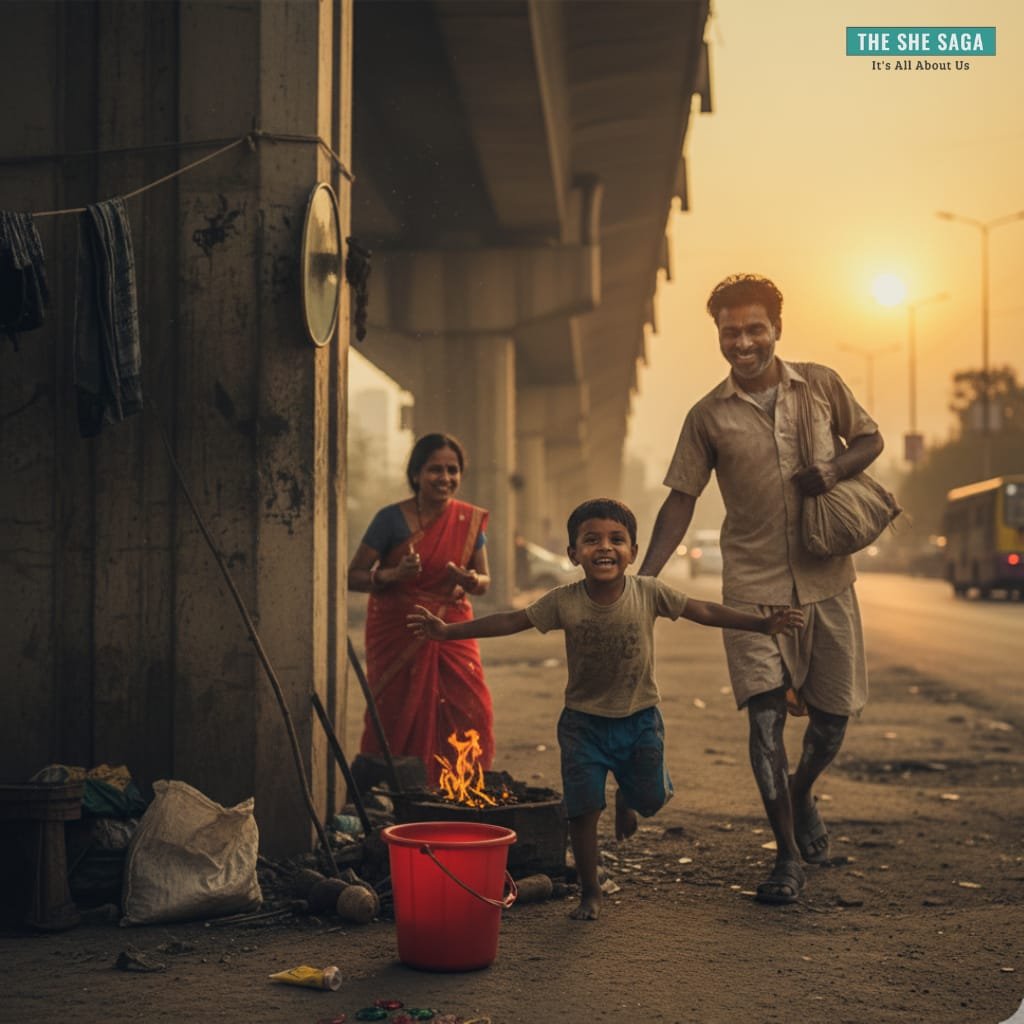While watching Aap Jaisa Koi, I noticed something that felt both familiar and oddly hollow: the portrayal of the liberal Bengali woman. You know the type cinema loves—draped in soft cotton sarees or flowing dresses, a jhola bag slung over her shoulder, quoting Tagore or Camus, sipping black coffee, and talking freely about open relationships and urban angst.
On the surface, she feels refreshing, a welcome break from the more traditional female characters we’re used to seeing. But as I watched, a quiet discomfort settled in: why does this character feel so predictable? Why does her presence feel like an aesthetic choice rather than an authentic narrative thread?

Once, this figure was rooted in a very real context. Bengal’s long history of cultural renaissance, political activism, and intellectual rebellion shaped generations of fiercely independent women—writers, filmmakers, dancers, journalists—who challenged societal norms not for effect, but out of conviction. Films like Satyajit Ray’s Charulata captured the inner world of such women with tenderness and honesty. Charu wasn’t “liberal” in the modern, fashionable sense; she was restless, curious, caught between duty and desire. Her rebellion was quiet, but deeply human.
Even more recently, characters in Bengali cinema—like the complex mother-daughter relationships in Unishe April or the aging dancer in Paromitar Ek Din—felt anchored in the realities of family history, social change, and personal sacrifice. Their liberalism wasn’t a statement; it was a struggle.

But today? Too often, this character becomes a narrative shortcut. She appears as the “modern foil” to a more traditional heroine. She adds a touch of intellectual charm to the male protagonist’s journey. Her talk of freedom sounds bold, but the film rarely shows us why she thinks this way, or what it costs her to live outside convention. The context—family pressures, cultural contradictions, loneliness, and quiet courage—is often missing.
And it matters. Because when we strip away the complexity, the liberal Bengali woman risks becoming a cliché: the black-coffee-drinking, poetry-quoting side character who is there to decorate the story, not to shape it.
This isn’t to say such women don’t exist—they do, and they are often even more layered, conflicted, and compelling than cinema dares to show. Many readers might even know someone like her: an aunt who fought quietly for her right to work; a friend who debates Tagore and feminism over tea; a colleague whose independence wasn’t inherited, but earned day by day. Their stories are richer, messier, and far more human than the neat cinematic stereotype.
Yet, somewhere between real life and screen, nuance gets lost. The jhola bag, the Tagore quote, the late-night whisky become visual markers of “modernity,” but the narrative forgets to explore the heart beneath. We stop seeing a living person with fears, contradictions, and dreams. We see only the trope.
So, here’s a thought: are filmmakers truly telling stories about liberal Bengali women—or are they dressing them up to signal sophistication? And as viewers, do we challenge this, or do we quietly accept it as part of cinema’s familiar language?
Perhaps the answer isn’t to discard this character, but to reclaim her depth. Show us the battles she fights at home. The books she reads not as props, but as lifelines. The loneliness of standing apart, the moments of quiet doubt. Because beyond the jhola bag and Rabindra Sangeet remix lies a story worth telling—a story that doesn’t just look modern but feels real.
Cinema at its best doesn’t just reflect how people appear; it reveals who they are. And maybe it’s time we asked for that again.

By Priyanka B Ghosh
Priyanka B Ghosh, a skilled Practice Delivery Manager at Wipro Technologies, excels in driving digital marketing success through people-first leadership, turning routine tasks into inspiring stories. She can be contacted at priyankapluta@gmailcom





